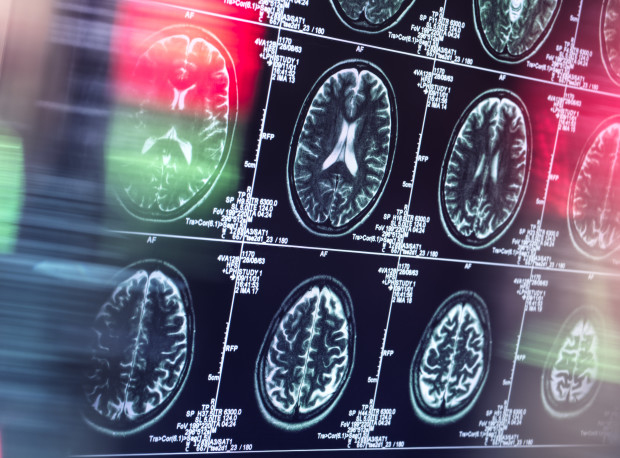No products in the cart.
Fitness Tips
Pink Floyd Helps Scientists Do Brain Research in New Study

New research published in the PLOS Biology journal outlines just how powerful the human auditory cortex actually is, and it’s all because of a hit Pink Floyd song.
Neuroscientists at the Albany Medical Center in Albany, NY were able to illustrate how our brains process music by diving into the back catalog of the beloved British rock band. The team started the experiment by playing “Another Brick in the Wall” for 29 epilepsy patients and observed their responses.
“We were looking for a song that had all these different components, lyrics, melodies, some silence components, some instruments,” study co-author Peter Brunner told WRGB. “They suggested it and everybody liked it and I think every single patient and their families liked it too so it was a very good choice. I’m glad we picked Pink Floyd.”
Using the patients’ brain signals when they were listening to the track, the researchers were able to recreate the iconic song from scratch using brain waves, marking a major breakthrough in understanding brain activity.
“It has allowed us to make significant progress not just in understanding but also in the translation of these understandings into therapies, into better diagnostic options, essentially to help patients with very specific neurological disorders and diseases,” Brunner said. “And also, in people who have traumatic brain injuries and other conditions, we can now better understand why they may perceive the world in a different way.”
Related: Left Brain-Right Brain Myth Debunked
More research needs to be done to learn just what factors can affect how we retain music in our brain. Regardless, Brunner is pleased with what the team is learned and is confident it will come in handy in the future.
“What we’re now interested in is understanding how we can perturb this perception mainly to alleviate specific conditions where people may not be able to pay enough attention or may not be able to memorize all of the information that comes in, so we’re interested in deeper brain structures that govern information flow throughout the brain and interested now in the next chapter which is neuromodulation,” Brunner said.
Pink Floyd might usually be associated with a different kind of brain stimulation, but in this case, its scientific value goes hand in hand with its listening value.
Source link

